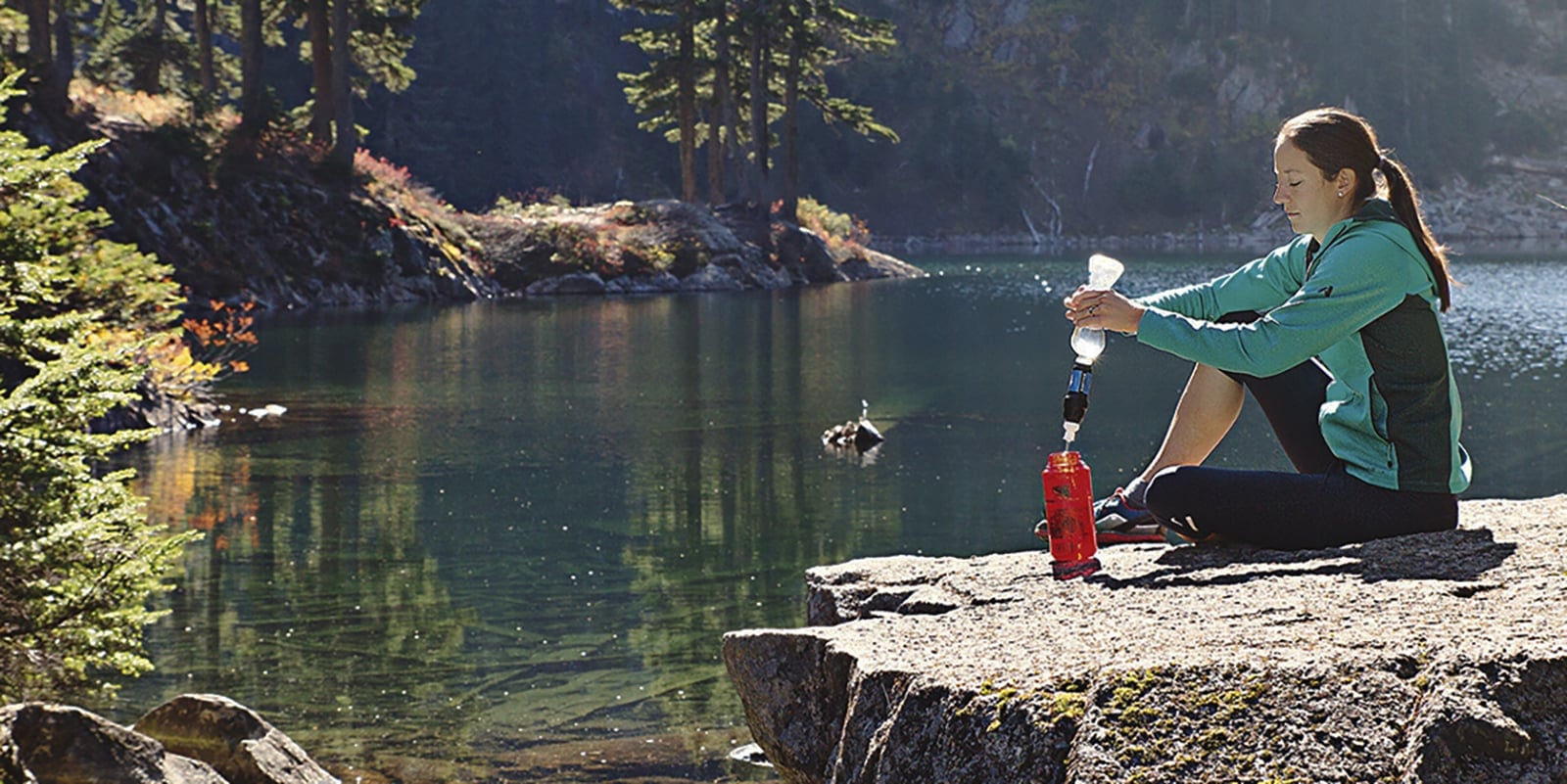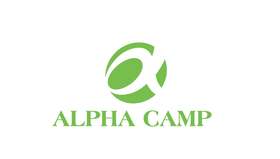Never drink water from a natural source that you haven’t purified, even if the water looks clean. Water in a stream, river or lake may look clean, but it can still be filled with bacteria, viruses, and parasites that can result in waterborne diseases, such as cryptosporidiosis or giardiasis. It is essential that you purify natural water. Purifying water involves filtering to remove large particles and treating by boiling or with chemicals to kill organisms such as bacteria, viruses and parasites.
If you plan to use natural water along your adventure, follow these steps to collect and purify water from a natural water source.

Step1:Collect water from your source
The first step in the process is to collect the water you will drink. Here are some tips on how to safely collect water from a natural source:
1.Start with a clean container that preferably has been disinfected prior to use.
2.Wash your hands with soap and water or use hand sanitizer before collecting water so you don't contaminate it.
3.Chose a collection spot that is:
- On higher elevations or near the water's source
- Away from established campsites
- Away from animal grazing areas.
4.Collect water from areas of moving water in rivers and streams, or the top few inches of a lake. Stagnant (standing or non-moving) water is a breeding ground for insects, bacteria and viruses and should be avoided.
5.Dip your bottle just under the surface and fill from there.
Step 2: Filter the water
The next step in the water purification process is filtration. Filtration by itself does not purify water. It must be followed by boiling or disinfection to purify water for drinking.
Most water filters are made of a screen with many tiny holes in it. These filters can remove protozoa and some bacteria, but they cannot filter out viruses because viruses are too small.
Filters also remove bigger contaminants like leaves, silt, dirt, and sand. If the water is cloudy or has floating material in it, you should filter it even if you plan to boil or disinfect it.
Be sure to use and care for your filter according to the manufacturer’s instructions. Filters don’t work as well if they aren’t taken care of over time.Step 3: Disinfect the water
The final step of purification is disinfecting the water which can be done by either boiling or treating with a disinfectant. This is the most important step as these methods will kill any remaining organisms in the water, especially those that could make you sick.- Boiling:
- Disinfection:

